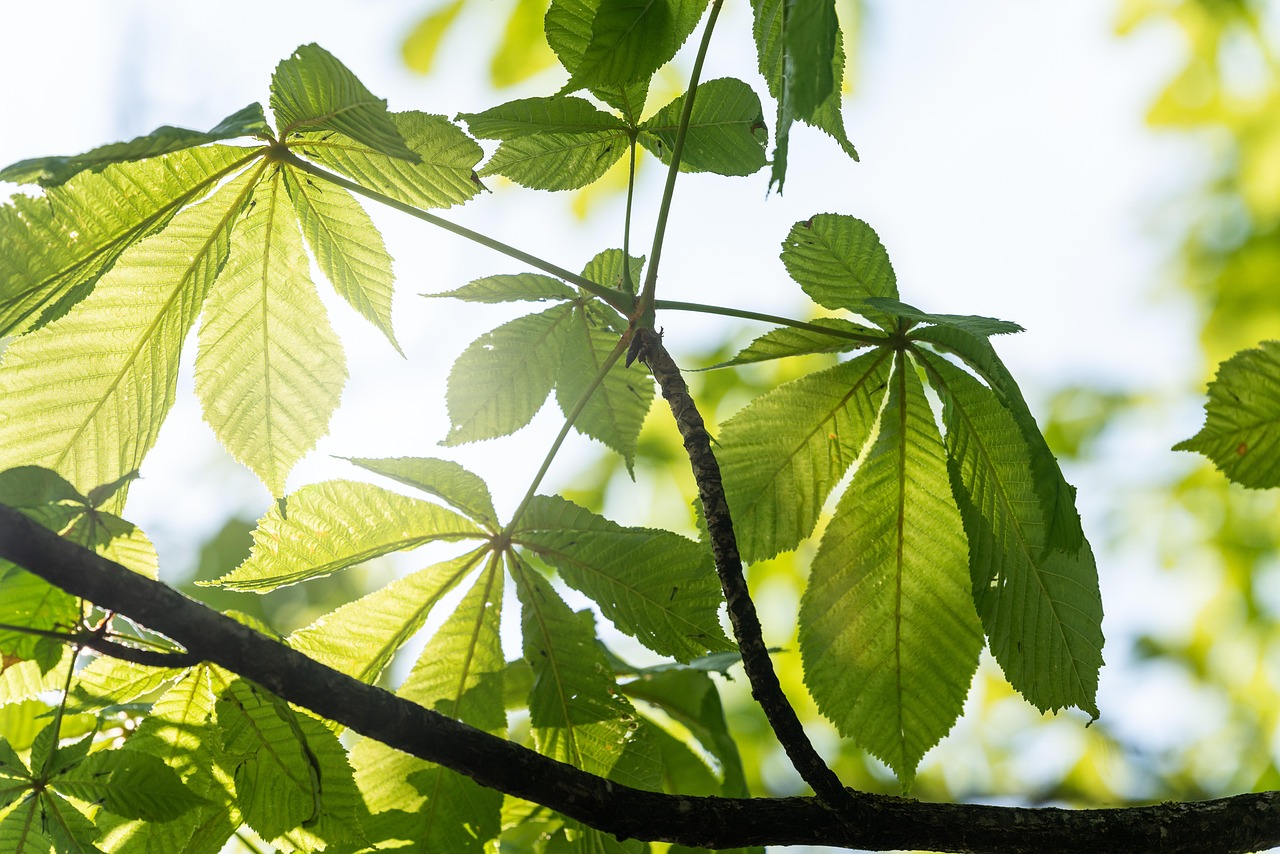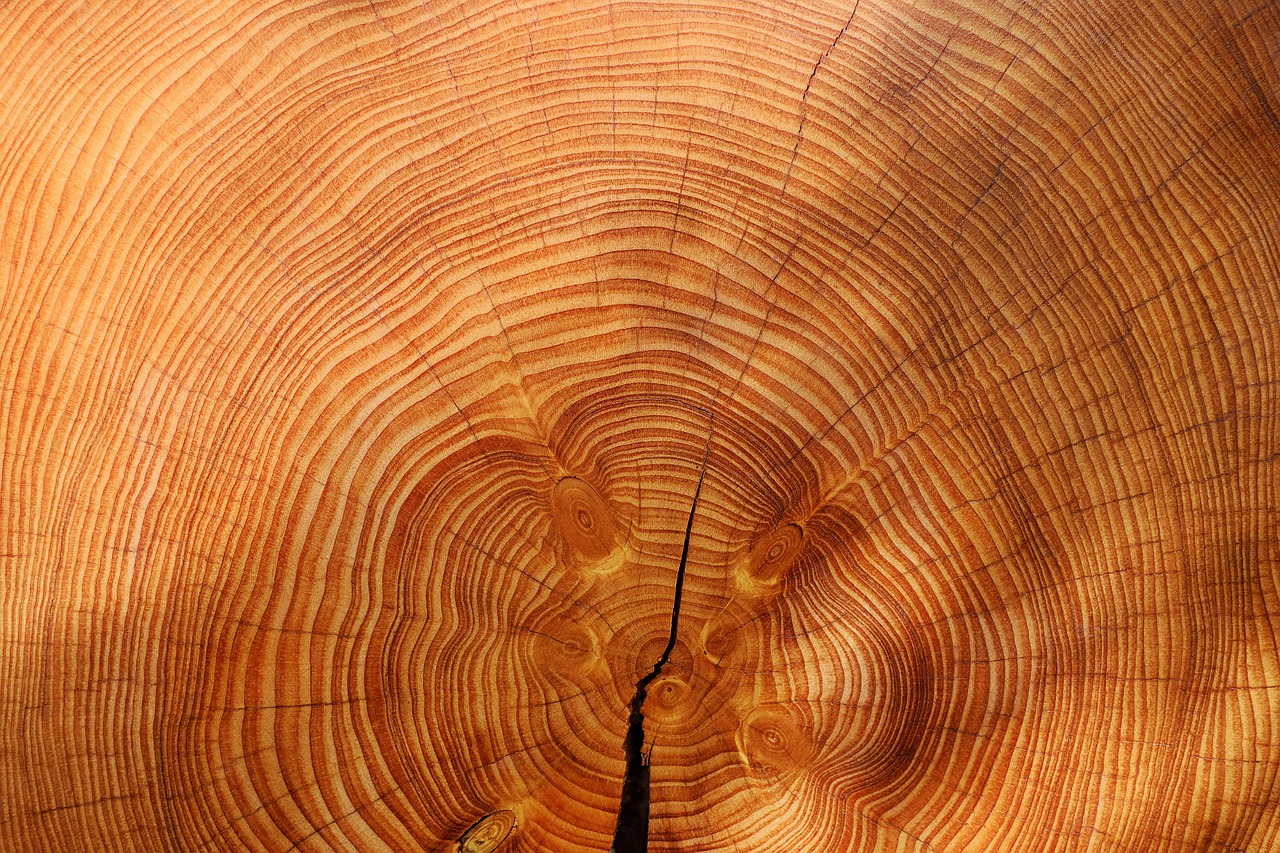The four stages of tree growth rate every gardener should know are the germination stage, juvenile stage, mature stage, and senescent stage. Understanding these stages helps gardeners nurture trees effectively and observe their growth patterns.
Trees are remarkable living organisms that contribute significantly to our environment. They provide oxygen, improve air quality, and offer shade and habitat for wildlife. For gardeners, knowing the growth stages of trees is crucial. Each stage represents a different phase in a tree’s life cycle, influencing how to care for it and what to expect in terms of growth rates. Understanding these stages can lead to healthier trees and a more thriving garden.

The growth rate of trees can vary widely based on the species, environmental conditions, and care provided. Gardeners should be aware that each tree species will exhibit unique growth patterns. However, there are general stages that most trees go through, regardless of their type. These stages are essential for planning and managing tree health and development.
The Four Stages of Tree Growth
The growth of a tree can be divided into four main stages: germination, juvenile, mature, and senescent. Each of these stages has distinct characteristics and requires different care strategies.
1. Germination Stage
The germination stage begins when a seed absorbs water and swells. The seed coat breaks open, allowing the embryo to sprout. This stage is critical for the tree’s future growth.

- Water absorption is vital for triggering germination.
- Temperature influences germination speed; warmer conditions often accelerate the process.
- Seeds require specific conditions such as light or darkness, depending on the species.
2. Juvenile Stage
Once a seedling has emerged from the soil, it enters the juvenile stage. This phase is characterized by rapid growth, as the young plant establishes its root system and develops foliage.
- This stage usually lasts several years.
- Juvenile trees focus on increasing height and root depth.
- Proper watering and nutrient management are crucial during this phase.
3. Mature Stage
The mature stage is reached when a tree has developed a robust structure and begins producing flowers or fruits. This phase can last many years or even decades, depending on the species.
Mature trees contribute significantly to the ecosystem and provide various benefits:

- Improved air quality through increased oxygen production.
- Habitat for birds and other wildlife.
- Shade and cooling effects in urban areas.
4. Senescent Stage
The senescent stage marks the final phase of a tree’s life cycle. During this stage, growth slows down, and the tree may become more susceptible to diseases and pests. It is essential to monitor senescent trees closely.
| Stage | Characteristics | Care Tips |
|---|---|---|
| Germination | Seed absorbs water and sprouts | Ensure adequate moisture and suitable temperature |
| Juvenile | Rapid growth and root establishment | Provide consistent watering and nutrients |
| Mature | Stable structure with flowering/fruiting | Regular pruning and disease management |
| Senescent | Growth slows; increased vulnerability | Monitor health; consider removal if necessary |
By understanding these four stages of tree growth, gardeners can make informed decisions about planting and caring for their trees. Each stage requires specific attention to ensure the long-term health and vitality of the trees in their gardens.
Factors Influencing Tree Growth Rates
Understanding the four stages of tree growth is essential, but several factors can influence how quickly trees progress through these stages. Gardeners can optimize tree health and growth by considering these factors. Below are some key elements that affect tree growth rates.
1. Species of Tree
The species of a tree plays a significant role in its growth rate. Some trees naturally grow faster than others. For example, species like the red maple and willow are known for their rapid growth, while others like the oak tend to grow more slowly initially.

- Fast-growing species: These trees can reach maturity quicker and provide benefits sooner.
- Slow-growing species: These may take longer to establish but can have stronger wood and longer lifespans.
2. Soil Quality
The type of soil where a tree is planted greatly impacts its growth. Healthy soil provides essential nutrients, adequate drainage, and proper pH levels.
- Nutrient-rich soil: Trees in nutrient-rich soil grow faster due to access to essential minerals.
- Poor soil: Soil lacking nutrients can stunt growth, requiring amendments for optimal health.
3. Water Availability
Water is crucial for tree growth. Different trees have varying water requirements, making it essential to monitor and adjust watering practices.
- Consistent watering: Regular watering, especially in the juvenile stage, promotes healthy root development.
- Overwatering: This can lead to root rot, adversely affecting growth.
4. Light Conditions
The amount of sunlight a tree receives directly influences its growth rate. Most trees require full sun for optimal growth, while some can tolerate shady conditions.
- Full sun: Trees receiving at least six hours of direct sunlight daily tend to grow faster.
- Shade-tolerant trees: These may grow more slowly but can thrive in lower light conditions.
Tree Growth Rate Measurement
Measuring tree growth rates helps gardeners understand how well their trees are doing over time. There are different methods to assess growth rates effectively.
1. Height Measurement
The most straightforward method to measure tree growth is by tracking height. This can be done using a simple measuring tape or a specialized tool like a clinometer.
2. Diameter at Breast Height (DBH)
DBH measurement provides insight into the trunk’s thickness. This is typically measured at 4.5 feet above ground level. A larger DBH often indicates a healthier and older tree.
3. Annual Growth Rings
For a more scientific approach, examining tree cores can reveal annual growth rings, which indicate how much the tree has grown each year. This method requires specialized tools and expertise but provides valuable data about growth patterns.
Common Challenges Affecting Tree Growth Rates
Despite the best care, gardeners may encounter challenges that impede tree growth. Being aware of these challenges enables proactive management.
Pests and Diseases
Pests like aphids, beetles, and diseases such as dutch elm disease can severely affect tree health and growth rates. Regular monitoring and timely intervention are critical.
Environmental Stressors
Environmental conditions such as extreme temperatures, drought, or flooding can stress trees and slow their growth. Implementing protective measures during adverse weather can mitigate these effects.
Cultural Practices
Cultural practices such as improper pruning, mulching, and fertilization can also impact growth rates negatively. Following best practices ensures that trees receive the care they need to thrive.
| Factor | Description | Impact on Growth Rate |
|---|---|---|
| Species | Type of tree determines natural growth speed | Affects maturity and benefit timing |
| Soil Quality | Nutrient availability and drainage capability | Poor soil can stunt growth |
| Water Availability | Adequate hydration for root development | Inconsistent watering affects health |
| Light Conditions | Sunlight exposure for photosynthesis | Lack of light slows growth |
By considering these factors and challenges, gardeners can enhance their understanding of tree growth rates. This knowledge enables them to create better growing conditions and address any issues that may arise effectively.
Best Practices for Enhancing Tree Growth
To ensure healthy tree growth throughout all stages of development, gardeners can implement several best practices. These practices focus on providing the right conditions and care tailored to the tree’s needs.
1. Proper Planting Techniques
The way a tree is planted sets the foundation for its growth. Following proper planting techniques can significantly influence a tree’s establishment and subsequent growth rate.
- Select the Right Location: Choose a site that meets the tree’s light, soil, and space requirements.
- Dig a Proper Hole: The hole should be at least twice as wide as the root ball but no deeper than the root collar.
- Avoid Planting Too Deep: Planting too deep can suffocate roots and lead to poor growth.
2. Soil Amendments
Improving soil quality through amendments can promote faster growth and better overall health. Soil amendments can include organic matter, fertilizers, and pH adjusters.
- Organic Matter: Adding compost improves soil structure and nutrient content.
- Fertilizers: Use slow-release fertilizers specific to tree types to provide essential nutrients.
- pH Adjustments: Test soil pH and amend as needed to ensure optimal conditions for the chosen species.
3. Watering Practices
Watering is one of the most crucial aspects of tree care. Proper watering techniques can enhance root development and overall health.
- Deep Watering: Water deeply and infrequently to encourage deep root growth.
- Mulching: Apply mulch around the base to retain moisture and regulate soil temperature.
- Monitoring: Check soil moisture regularly to avoid over- or under-watering.
Pruning for Health and Growth
Pruning is an essential practice that can improve tree growth rates by promoting better air circulation and light penetration. Knowing when and how to prune is vital for maximizing benefits.
1. Timing of Pruning
The timing of pruning can impact how well a tree responds. Generally, pruning is best done during the dormant season in late winter or early spring before new growth begins.
2. Techniques for Pruning
Using proper pruning techniques ensures that trees heal quickly and continue to grow effectively.
- Thinning: Remove select branches to increase light penetration and air circulation.
- Heading Back: Shorten long branches to encourage bushier growth.
- Removing Dead or Diseased Wood: Cut away any dead or diseased branches to prevent further issues.
3. Tools for Pruning
Using the right tools makes a significant difference in how effectively trees are pruned. Here are some common tools used for tree pruning:
- Hand Pruners: Ideal for small branches up to ¾ inch in diameter.
- Loppers: Useful for branches up to 1.5 inches thick.
- Saws: Necessary for larger branches; a pruning saw or chainsaw may be required.
| Practice | Description | Benefits |
|---|---|---|
| Proper Planting Techniques | Selecting the right site and digging an appropriate hole | Improves establishment and root growth |
| Soil Amendments | Additions like compost or fertilizers to enhance soil quality | Promotes healthier trees with faster growth rates |
| Watering Practices | Deep watering and mulching to retain moisture | Encourages deep root growth and prevents stress |
| Pruning for Health | Thinning, heading back, and removing dead wood | Improves air circulation and encourages new growth |
Pest Management Strategies
Pests can significantly affect tree health and growth rates. Implementing effective pest management strategies is essential for maintaining healthy trees.
1. Monitoring for Pests
The first step in pest management is regular monitoring. Gardeners should inspect their trees frequently for signs of pests or damage.
2. Integrated Pest Management (IPM)
An Integrated Pest Management approach combines various strategies, including cultural, biological, and chemical methods, to manage pests effectively.
- Cultural Controls: Practices such as proper watering, fertilization, and sanitation can reduce pest populations.
- Biological Controls: Introducing beneficial insects like ladybugs can help manage pest populations naturally.
- Chemical Controls: Use pesticides judiciously, applying only when necessary and following label instructions carefully.
By employing these pest management strategies alongside proper care practices, gardeners can significantly improve tree growth rates while ensuring the long-term health of their trees.
Long-Term Tree Maintenance
Beyond the initial stages of growth and establishment, long-term maintenance is essential for ensuring that trees thrive throughout their lifespan. Regular care can help trees reach their full potential while minimizing risks associated with diseases and environmental stressors.
1. Regular Inspections
Conducting regular inspections is crucial for identifying potential issues early. Gardeners should look for:
- Signs of Disease: Yellowing leaves, unusual spots, or wilting can indicate health problems.
- Pest Activity: Look for holes in leaves, webbing, or visible insects on the bark.
- Structural Issues: Check for leaning trunks or broken branches that may require attention.
2. Seasonal Care
Each season presents unique challenges and opportunities for tree care. Adjusting maintenance practices according to seasonal changes can enhance tree health.
- Spring: Fertilize and prune trees to encourage new growth and remove any dead wood.
- Summer: Monitor watering needs and protect young trees from heat stress.
- Fall: Rake leaves to prevent disease and prepare trees for winter dormancy.
- Winter: Protect young trees from harsh conditions with mulch and consider wrapping trunks to prevent frost damage.
3. Nutrient Management
Proper nutrient management involves periodic soil testing and adjusting fertilization based on the specific needs of the tree species. Adequate nutrients support healthy growth and enhance resistance to pests and diseases.
- Nitrogen: Essential for leaf growth; apply balanced fertilizers during the growing season.
- Phosphorus: Supports root development; beneficial during planting and early growth stages.
- Potassium: Enhances overall tree health and disease resistance; consider applying in late summer.
Community and Environmental Benefits
Trees provide numerous benefits beyond their aesthetic appeal. Understanding these benefits can motivate gardeners to invest time and resources into proper tree care.
1. Environmental Impact
Trees play a vital role in maintaining ecological balance. They improve air quality by absorbing carbon dioxide and releasing oxygen. Additionally, trees:
- Reduce Urban Heat: Provide shade to lower temperatures in urban areas.
- Prevent Soil Erosion: Roots stabilize the soil, reducing runoff during heavy rains.
- Support Biodiversity: Serve as habitats for various wildlife species.
2. Aesthetic Value
Trees enhance the beauty of landscapes, creating visually appealing environments in gardens, parks, and urban spaces. They provide structure, color, and seasonal interest to gardens.
3. Economic Benefits
Trees can also have economic advantages. Properties with mature trees often see an increase in value due to their aesthetic appeal and environmental benefits. Additionally, trees can reduce energy costs by providing shade and wind protection, leading to lower heating and cooling bills.
Conclusion
Understanding the four stages of tree growth rate is essential for any gardener looking to cultivate healthy, thriving trees. By recognizing the various factors that influence growth rates, employing best practices for planting and maintenance, and managing pests effectively, gardeners can ensure the long-term health of their trees.
The dedication to proper care not only benefits individual trees but also contributes positively to the environment and community. As trees grow and mature, they provide essential ecological services while enhancing the beauty of our surroundings.
Ultimately, the journey of nurturing trees is rewarding. With patience and knowledge, gardeners can witness the transformation of tiny seeds into majestic trees that stand tall for generations to come. Investing in tree care is investing in a greener future for all.
